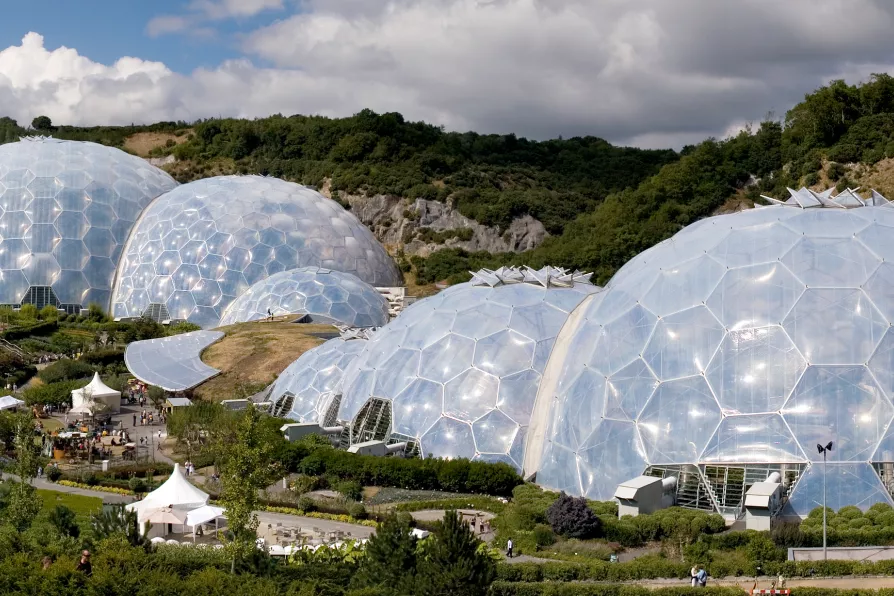Labour’s persistent failure to address its electorate’s salient concerns is behind the protest vote, asserts DIANE ABBOTT

 The Eden Project in Cornwall
[Jürgen Matern / CC]
The Eden Project in Cornwall
[Jürgen Matern / CC]
AS LIFE under lockdown continues, we’ve been turning to domestic hobbies. Those fortunate and wealthy enough to have a garden have had more time to spend in it, a particular advantage in the recent fine weather.
For many of those without a garden, houseplants have become an increasing source of solace.
Even before the pandemic, houseplants had seen a resurgence in popularity, with Swiss cheese plants the most Instagrammed plant, according to one 2019 survey.
The earliest attested usage of the term “house plant” to refer to the plants we keep in our homes is dated from 1824, in a botanical guide called Flora Historica by Henry Phillips, a botanist from Brighton.

One of the major criticisms of China’s breakneck development in recent decades has been the impact on nature — returning after 15 years away, BEN CHACKO assessed whether the government’s recent turn to environmentalism has yielded results

Nature's self-reconstruction is both intriguing and beneficial and as such merits human protection, write ROX MIDDLETON, LIAM SHAW and MIRIAM GAUNTLETT












